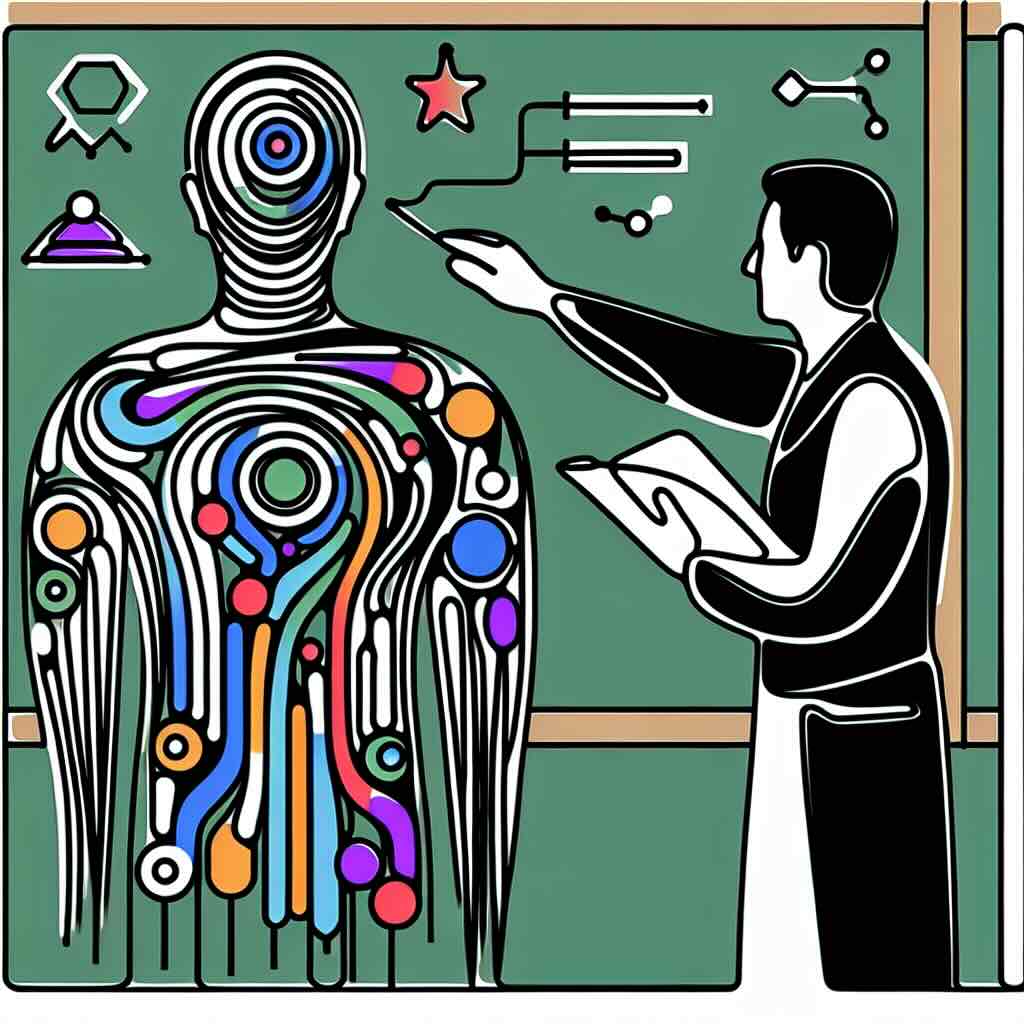Explore the power of interactive simulations in instructional design to bridge the gap between theoretical concepts and practical application. Discover how to create engaging, effective learning experiences that can lead to deeper learner understanding and knowledge retention.
Table of Contents
1. Introduction to Interactive Simulations
2. Why Interactive Simulations work
3. Key design principles
4. Examples and case studies
5. Future trends in Interactive Simulations
6. Benefits
7. Risks
8. One thing you can try today
9. Conclusion
10. Try it yourself
11. Related topics
Introduction to Interactive Simulations
Interactive simulations are dynamic educational tools that mimic real-world scenarios to help learners apply theoretical knowledge in practical contexts. They are particularly effective in fields requiring complex decision-making, from healthcare to engineering and beyond. By designing real-time feedback and adaptive learning paths into your next learning experience, you can provide simulations that offer a safe environment for learners to experiment and learn from both success and failure.
Why Interactive Simulations work
Interactive simulations perform well because they engage learners actively rather than passively. Cognitive learning theories indicate that active involvement enhances understanding and retention. Simulations allow learners to visualise abstract concepts, manipulate variables, and see the consequences of their actions in an immersive, risk-free setting. This interactivity not only consolidates learning but also enhances problem-solving skills and critical thinking.
Key design principles
Designing effective interactive simulations involves several key principles. Firstly, relevance is crucial. Scenarios should closely mimic real-world challenges that learners are likely to face. Secondly, iterative feedback is essential to help learners understand their mistakes and adjust their strategies. Finally, scaffolding the learning experience - starting simple and increasing in complexity - ensures learners are neither overwhelmed nor under-challenged. Incorporating these principles creates a compelling and educationally sound simulation.
Examples and case studies
Interactive simulations have been successfully employed in various disciplines. In medical education, simulations of surgical procedures allow students to practice and make mistakes without real-world consequences. In business schools, market simulation games teach students about the complexities of supply chain management and strategic planning. Case studies reveal consistent success in these applications, emphasising the versatility and effectiveness of simulation-based learning.
Future trends in Interactive Simulations
The future of interactive simulations promises even greater advancements with the integration of cutting-edge technologies like virtual reality (VR) and artificial intelligence (AI). VR offers unparalleled immersive experiences, while AI can adapt scenarios in real-time based on learner performance. As these technologies become more accessible, we anticipate a surge in the sophistication and effectiveness of interactive simulations, making them an indispensable tool in the instructional designer's toolkit.
Benefits
1. Enhances engagement and retention through active participation.
2. Provides a safe environment for experiential learning.
3. Fosters critical thinking and problem-solving skills.
4. Enables personalised learning experiences through adaptive feedback.
Risks
1. High development costs and resource intensity.
2. Potential technical issues impacting user experience.
3. Overly complex simulations can overwhelm learners.
4. Misalignment with learning outcomes if not carefully designed.
One thing you can try today
Create a simple interactive simulation using a tool like Twine. Develop a branching scenario that poses a problem relevant to your field. Map out different paths based on choices the learner can make, and provide immediate feedback for each decision. This exercise will give you firsthand experience with the fundamentals of interactive simulation design.
Conclusion
Interactive simulations offer a unique and powerful approach to bridging the gap between theory and practice. By designing thoughtful and engaging simulations, instructional designers can create memorable learning experiences that equip learners with both knowledge and practical skills.
Call to action
1. Identify a real-world problem relevant to your field.
2. Use a free or trial version of an interactive simulation tool.
3. Design a simple scenario and seek feedback from a peer or mentor.
Related topics
- Gamification in learning
- Adaptive learning technologies
- Virtual and augmented reality in education
- Blended learning strategies
- Microlearning techniques







